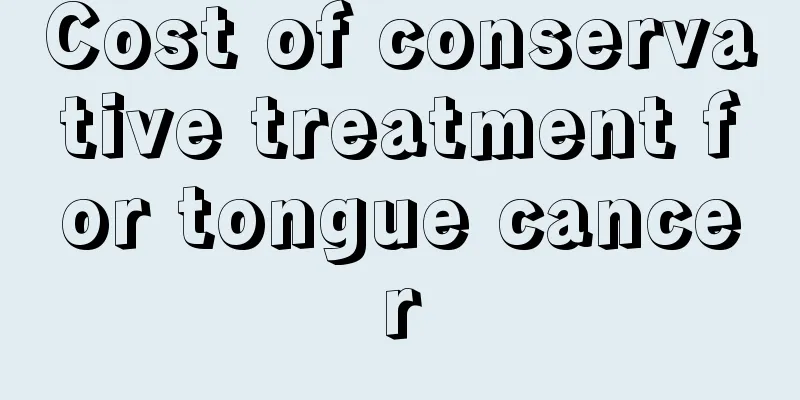How to treat purpuric nephropathy?

|
The harm caused by purpuric nephritis is relatively serious, so certain principles must be adhered to in the treatment work, and the immune inflammatory response must be actively controlled. Patients should pay attention to rest, maintain water and electrolyte balance, and use drugs scientifically. 1. Treatment principles The treatment plan for purpuric nephritis should be selected according to the patient's age, clinical manifestations and degree of renal damage. Actively control immune inflammatory responses, inhibit glomerular mesangial proliferative lesions, and prevent and delay the formation of chronic renal fibrosis. 2. General treatment During the active period of the disease, you should pay attention to rest and maintain water and electrolyte balance. Patients with edema and heavy proteinuria should be given a low-salt diet, limit water intake, and avoid high-protein foods. To prevent recurrence of purpura and aggravate kidney damage, attention should be paid to preventing upper respiratory tract infections, clearing chronic infection lesions (such as chronic tonsillitis and pharyngitis), actively looking for possible allergens, and avoiding re-contact. 3. Drug treatment (1) Isolated hematuria or pathological grade I: Only Henoch-Schonlein purpura is treated accordingly, and there is currently no literature report on the definite efficacy of microscopic hematuria. Changes in the condition should be closely monitored, and follow-up for at least 3-5 years is recommended. (2) Isolated proteinuria, hematuria and proteinuria or pathological grade IIa: Angiotensin converting enzyme inhibitors (ACEI) and/or angiotensin receptor blockers (ARB) have the effect of reducing proteinuria. Tripterygium wilfordii polyglycosides 1 mg/(kg·d), taken orally in 3 divided doses, with the daily dose not exceeding 60 mg, for 3 months. However, attention should be paid to its side effects such as gastrointestinal reactions, liver damage, bone marrow suppression and possible gonadal damage. (3) Non-nephrotic proteinuria or pathological grade II b or IIIa: Take 1 mg/(kg·d) of tripterygium wilfordii glycosides orally in 3 divided doses. The maximum daily dose should not exceed 60 mg. The course of treatment is 3 to 6 months. Or hormone combined with immunosuppressant therapy, such as hormone combined with cyclophosphamide, combined with cyclosporine A or tacrolimus treatment. |
<<: Skin allergies on face? These relief tips are simple and easy to learn
>>: What causes less and yellow urine? Beware of these four triggers!
Recommend
Causes of rib pain when running
Running is good for your health, and exercising e...
How to take good care of lung cancer patients after surgery? Nursing methods for lung cancer patients after surgery
Cancer is the most serious disease in the world, ...
How to remove stains from clothes
Stains are very difficult to remove, especially f...
The efficacy and function of silver jewelry
In life, many people like to wear some pure silve...
Is surgical treatment of sebaceous nevus good?
Sebaceous nevus is relatively common, especially ...
The correct way to use facial punch
Many people still use traditional towels when was...
What to do if the stomach is centrifuged
There are many patients with stomach problems in ...
There are 5 reasons for swollen lymph nodes in the neck
In daily life, we always see that some people’s n...
What to do if the non-stick pan sticks
Many families now use very convenient and practic...
What should I do if I have acne on my left and right cheeks
It is very common to have pimples on the face, es...
Can surgery be performed on stage 4 gastric cancer?
If the patient is in good general condition and h...
Is sinus bradycardia, chest tightness and difficulty breathing life-threatening?
The heartbeat should be maintained within a norma...
Can I eat watermelon if I have a wind-heat cold? Can I eat watermelon if I have a wind-heat cold?
Watermelon is a very common fruit in people's...
What are the hazards of small cell lung cancer
What are the hazards of small cell lung cancer? Y...
Tips for repairing facial scars
Scars are an abnormal condition that occurs on th...









